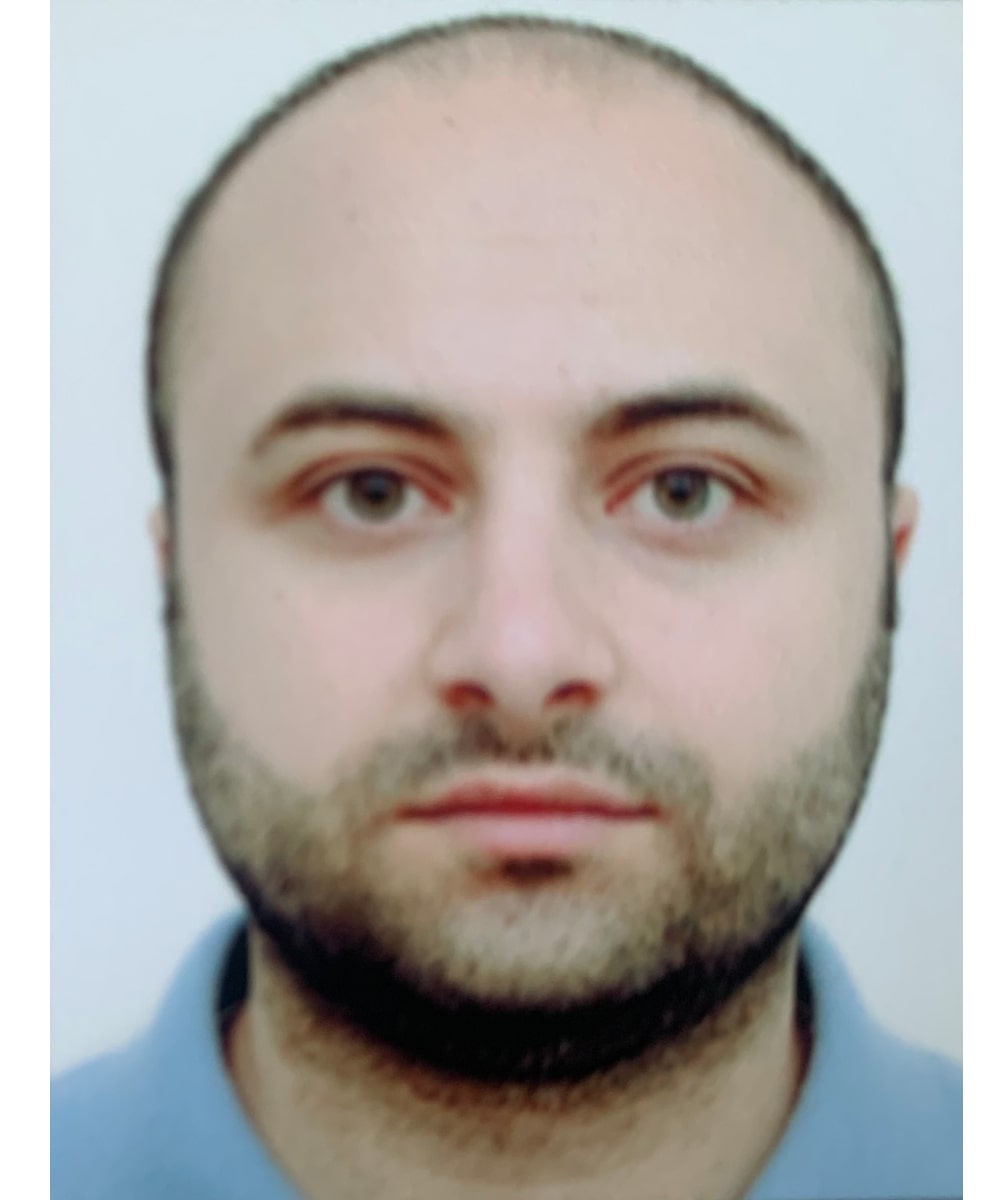Laboratory of Hydrocarbon Oxidation
RESEARCH MAIN DIRECTIONS
- Direct, non-catalytic processing of natural raw hydrocarbon in the stabilized cool flame regime.
- Conversion of solid inorganic compounds and materials under the effect of gas-phase chain reactions.
- Simulation of the phenomenon of weak shock waves in the oxidation of the hydrogen and hydrocarbons.
- Investigation of the kinetics and mechanism of chain reactions of gas-phase oxidation using mathematical modeling and quantum-mechanical calculation methods.
MAIN INVESTIGATION RESULT
- A new method has been developed to stabilize hydrocarbon cool flame in a two-sectional reactor. In the second section of the reactor, cool flame is stabilized in a large volume, rather than in a narrow front, as is the case in commonly applied methods of stabilization. An active chemical medium is developed in the volume with the highest concentration of radicals. Detection and study of radicals show that the concentration of free radicals (RO2) might reach particles1014-15/cm3.
- A new scientific method for the investigation and realization of hetero-phase processes has been developed - the highly effective chemical conversion of various class solid inorganic compounds and materials under the effect of gas-phase chain reactions (CRE processes). Gas-phase chain reaction, generation atoms and free radicals in quite high concentrations is shown to be a real active chemical medium for conducting hetero-phase chemical conversion.
- The mechanism and source of chemiluminescence under different conditions could have different sources of radiation, and the state of the surface also plays a key role in low-temperature oxidation.
Total number of employees – 6, of which:
Dr. Sci. – 1
PhD – 1
Senior Researcher – 2
Researcher– 2
Junior Researcher - 1













